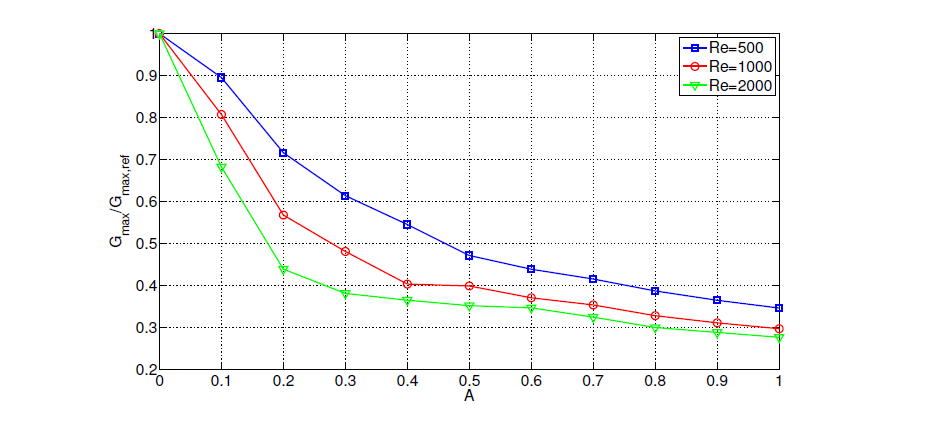
Figure 1: Maximum relative reduction of the least-stable eigenvalue, as a function of the forcing intensity A, for any considered value of the Reynolds number.

Figure 2: Maximum relative reduction of the transient growth function, as a function of the forcing intensity A, for any considered value of the Reynolds number.


